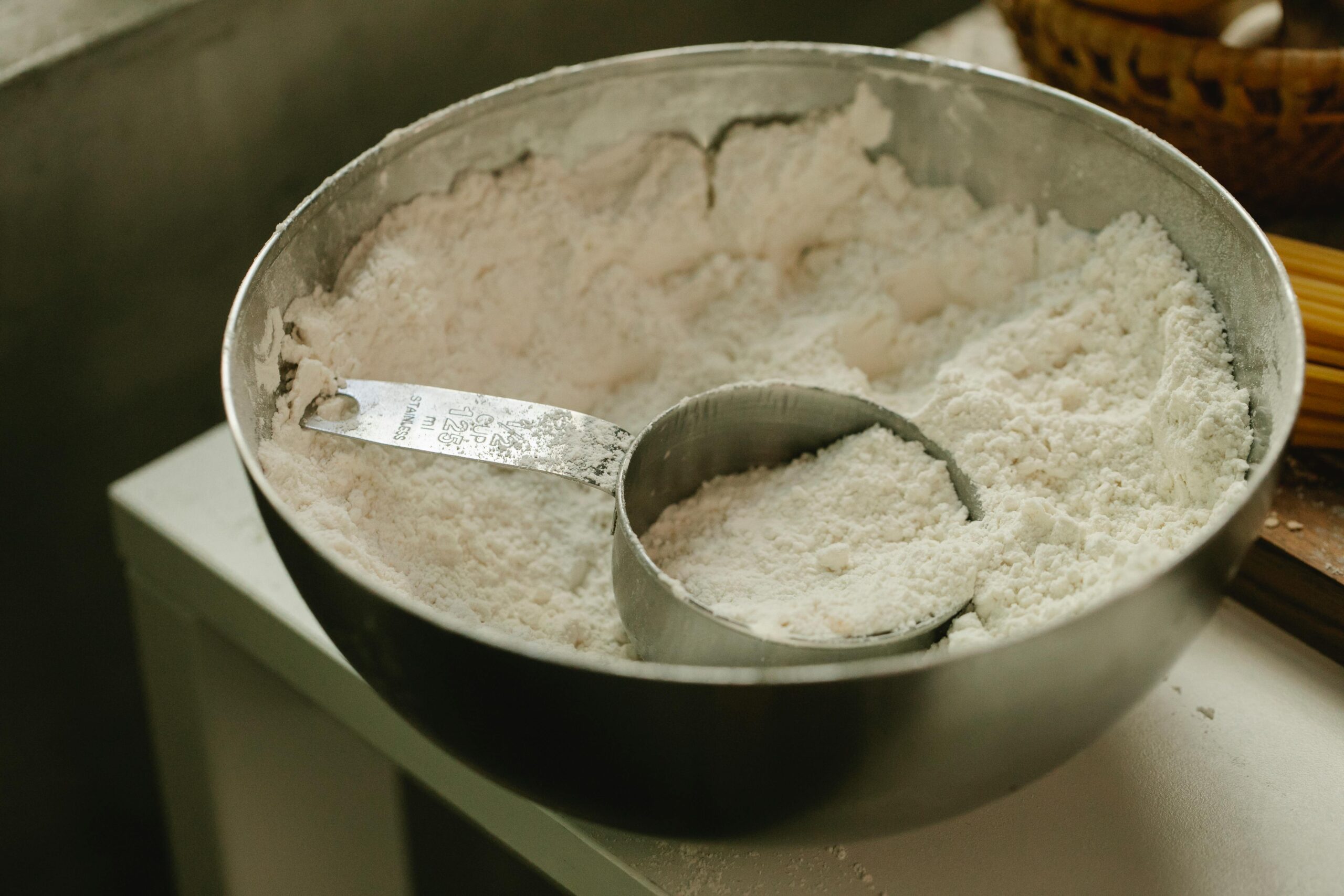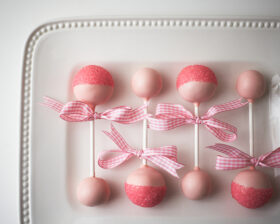Have you ever found yourself in the midst of a baking session, only to be stumped by the cryptic world of baking measurements? Fear not, for we are about to embark on an enlightening journey into the realm of decoding baking measurements. In this tantalizing blog post, we will delve deep into the intricacies of understanding baking measurements, demystifying the enigma behind seemingly complex fractions. Picture this: you’re following a scrumptious recipe that calls for 3/4 cup of flour, but then it throws you a curveball by asking for half of that amount. What does that even mean? The answer lies in unraveling the mystery of what half of 3/4 cup of flour truly entails. Get ready to sharpen your kitchen skills as we break down this puzzling concept and equip you with the knowledge to confidently conquer any baking challenge that comes your way. So, buckle up and prepare to elevate your baking game to new heights as we uncover the secrets hidden within the world of baking measurements – including the elusive question: what is half of 3/4 cup flour?
Understanding Baking Measurements: A Fundamental Overview
Before we dive into the specifics of deciphering fractions in baking, let’s first establish a solid foundation by understanding the basics of baking measurements. Baking is both an art and a science, and precise measurements are crucial for achieving consistent and delicious results.
In baking, ingredients are typically measured using volume or weight. Volume measurements are more common in home baking, where ingredients like flour, sugar, and liquids are measured using cups, tablespoons, and teaspoons. On the other hand, professional bakers often prefer weighing ingredients for greater accuracy.
When it comes to fractions in baking measurements, they can be quite intimidating at first glance. However, with a little knowledge and practice, you’ll soon become a master at deciphering these seemingly complex fractions.
Deciphering the Significance of Fractions in Baking
Fractions play a significant role in baking measurements as they allow for precise quantities of ingredients. In the case of our example – half of 3/4 cup flour – understanding fractions becomes essential.
To decode this fraction, we need to break it down into its components. The numerator (the number on top) represents the portion we want to measure or use. In this case, it’s 3/4 cup of flour. The denominator (the number on the bottom) represents the total amount or unit that makes up one whole – in this case, one cup.
Now that we have established what 3/4 cup means let’s move on to understanding what half of that amount entails.
Exploring the Concept of Half in Baking Measurements
The concept of “half” is relatively straightforward when it comes to baking measurements. It simply means dividing a given quantity into two equal parts. In our case, we want to find half of 3/4 cup of flour.
To calculate half of a fraction, we divide the numerator by 2 while keeping the denominator the same. Applying this principle to our example, we divide 3 by 2, which gives us 1.5. Therefore, half of 3/4 cup flour is equal to 1.5/4 cup or 3/8 cup.
Converting Fractional Measurements to Numeric Values
While fractions are commonly used in baking measurements, it can be helpful to convert them into numeric values for easier calculations and recipe adjustments.
To convert a fraction into a decimal value, divide the numerator by the denominator. In our example, we have 3/8 cup of flour. Dividing 3 by 8 gives us approximately 0.375.
Alternatively, you can convert fractions into percentages by multiplying the decimal value by 100. In this case, multiplying 0.375 by 100 gives us approximately 37.5%.
Practical Application: Calculating Half of Cup Flour
Now that we have a solid understanding of how to calculate half of a fractional measurement let’s put it into practice with a real-life scenario – calculating half of one cup of flour.
If we start with one whole cup (1/1), dividing the numerator (1) by two gives us half a cup (1/2). Therefore, half of one cup is equal to 1/2 cup or approximately 120 milliliters.
Adjusting Other Recipe Ingredients Proportionally
When adjusting recipe ingredients proportionally based on fractional measurements like “half,” it’s essential to maintain the correct ratios and balance of flavors in the final baked goods.
Using our previous example, if a recipe calls for 3/4 cup of flour and you want to reduce it by half, you would use 3/8 cup instead. Similarly, if the recipe includes other ingredients like sugar or butter, you would adjust them proportionally as well.
For instance, if the recipe calls for 1/2 cup of sugar and you reduce the flour to 3/8 cup, you would also adjust the sugar to half of its original measurement. In this case, half of 1/2 cup is equal to 1/4 cup.
Tips for Precision in Baking Measurements
To ensure accuracy in your baking measurements, here are some tips to keep in mind:
- Use standardized measuring cups and spoons specifically designed for baking.
- Spoon dry ingredients into measuring cups and level off with a straight edge for precise measurements.
- For sticky ingredients like honey or molasses, coat your measuring utensils with cooking spray or oil to prevent sticking.
- Weighing ingredients on a kitchen scale provides the most accurate measurements.
Common Pitfalls to Avoid in Interpreting Baking Measurements
While understanding baking measurements is crucial for successful baking, there are some common pitfalls that can lead to inaccurate results:
- Misreading fractions: Take your time when reading fractions and ensure you understand both the numerator and denominator values.
- Confusing liquid and dry measuring cups: Liquid measuring cups have a spout for easy pouring, while dry measuring cups are designed to be filled to the brim without spilling over. Use the appropriate type of measuring cup based on the ingredient being measured.
- Estimating measurements: Avoid eyeballing measurements as it can lead to imprecise results. Always use proper measuring tools.
Enhancing Baking Skills Through Accurate Measurement Techniques
Mastering the art of baking measurements is a fundamental skill that can greatly enhance your baking prowess. By understanding fractions, calculating proportions, and using precise measuring techniques, you’ll be able to confidently tackle any recipe that comes your way.
Remember, practice makes perfect. The more you familiarize yourself with different baking measurements and their conversions, the more intuitive it will become.
Concluding Remarks: Mastering the Art of Baking Measurements
In conclusion, decoding baking measurements is an essential skill for any aspiring baker. By understanding fractions and how they relate to specific quantities of ingredients, you can confidently navigate through recipes and adjust them to suit your needs.
So the next time you come across a recipe that asks for half of 3/4 cup flour or any other fractional measurement, you’ll know exactly what it means. Armed with this knowledge and a dash of precision, there’s no limit to what you can achieve in the world of baking.


